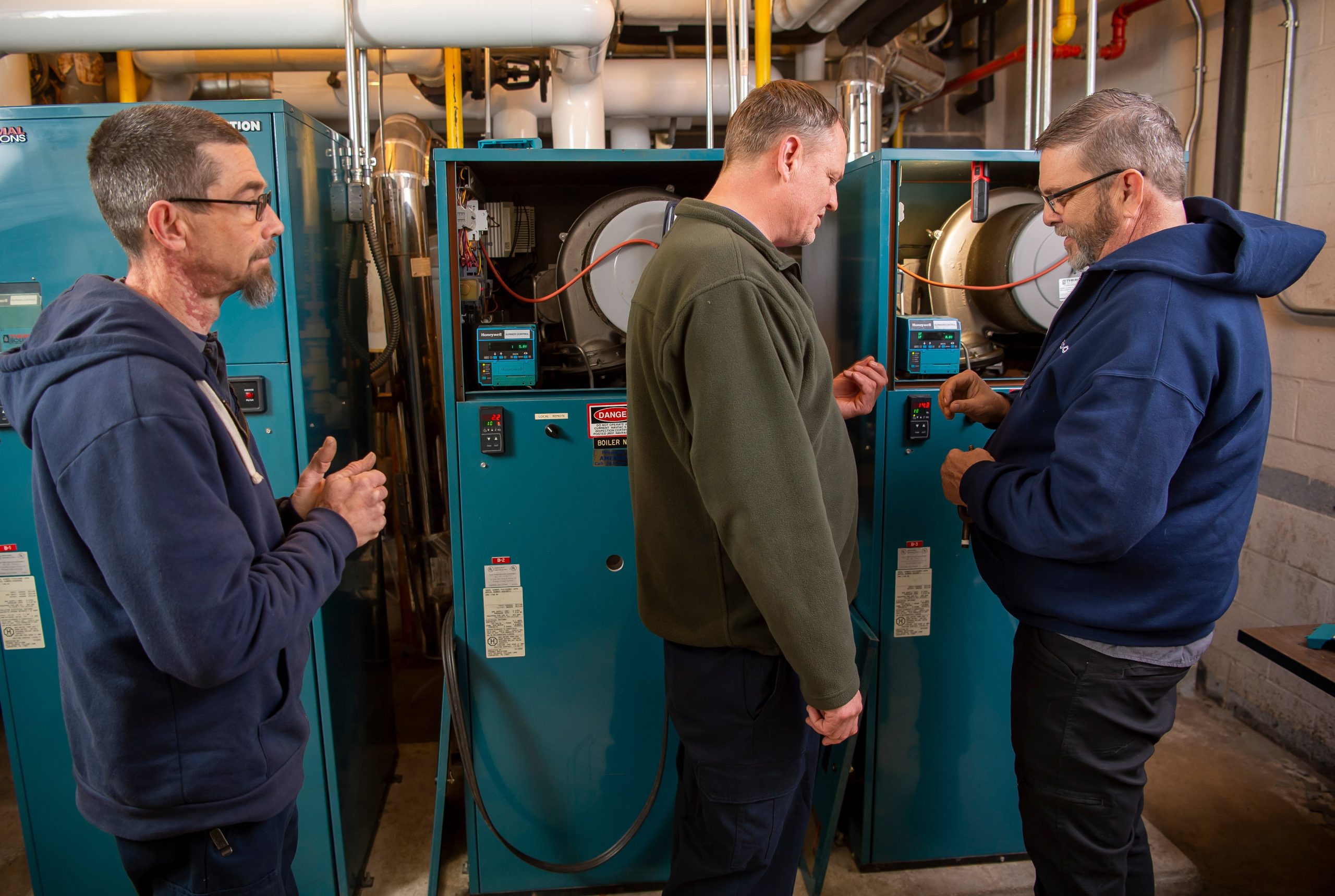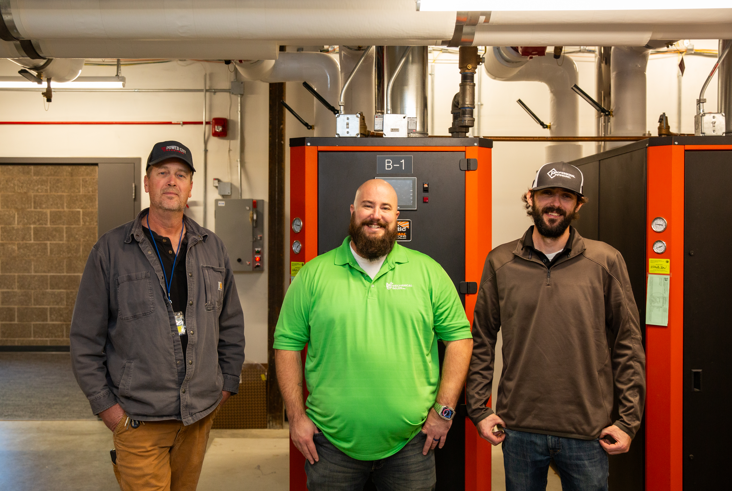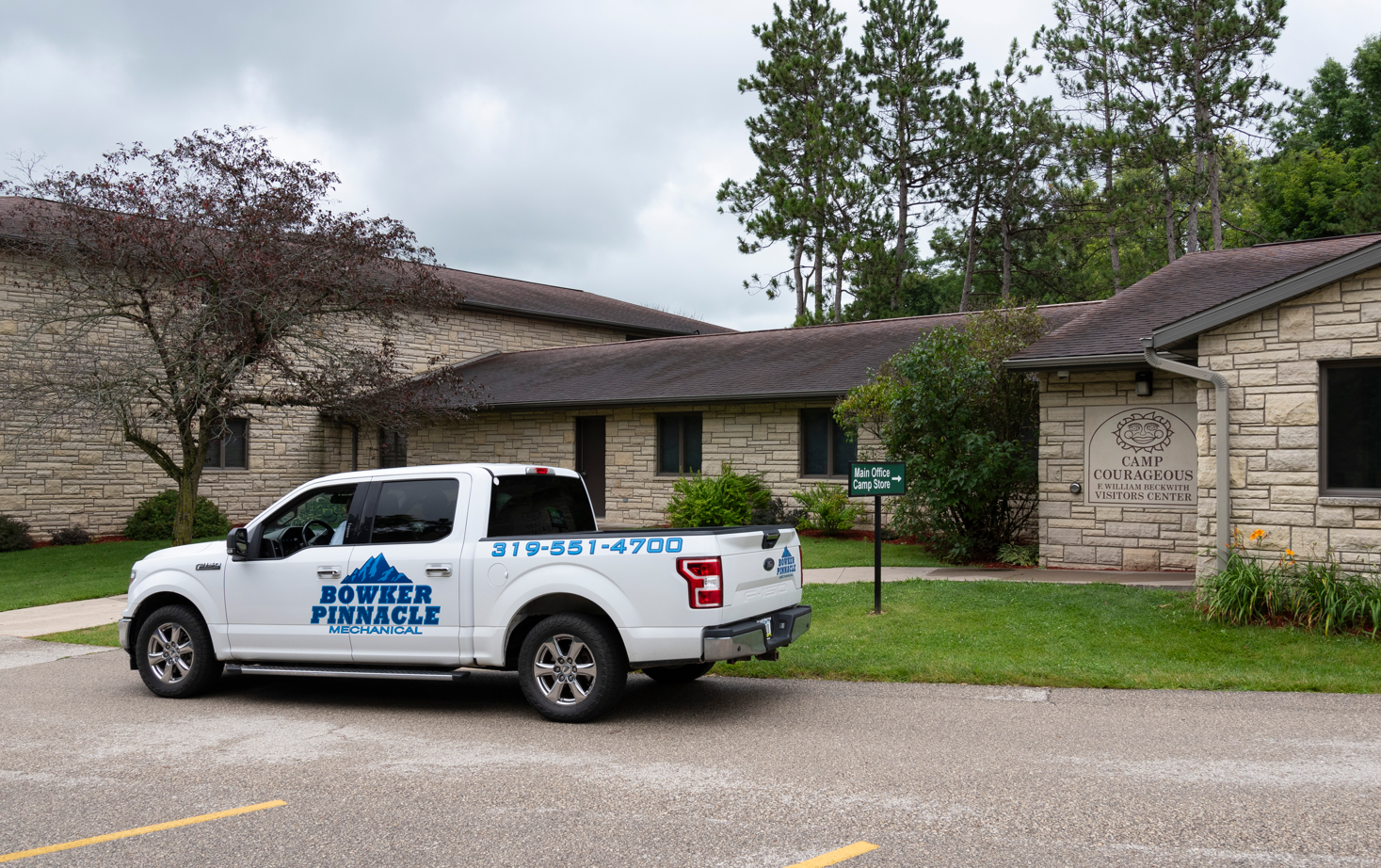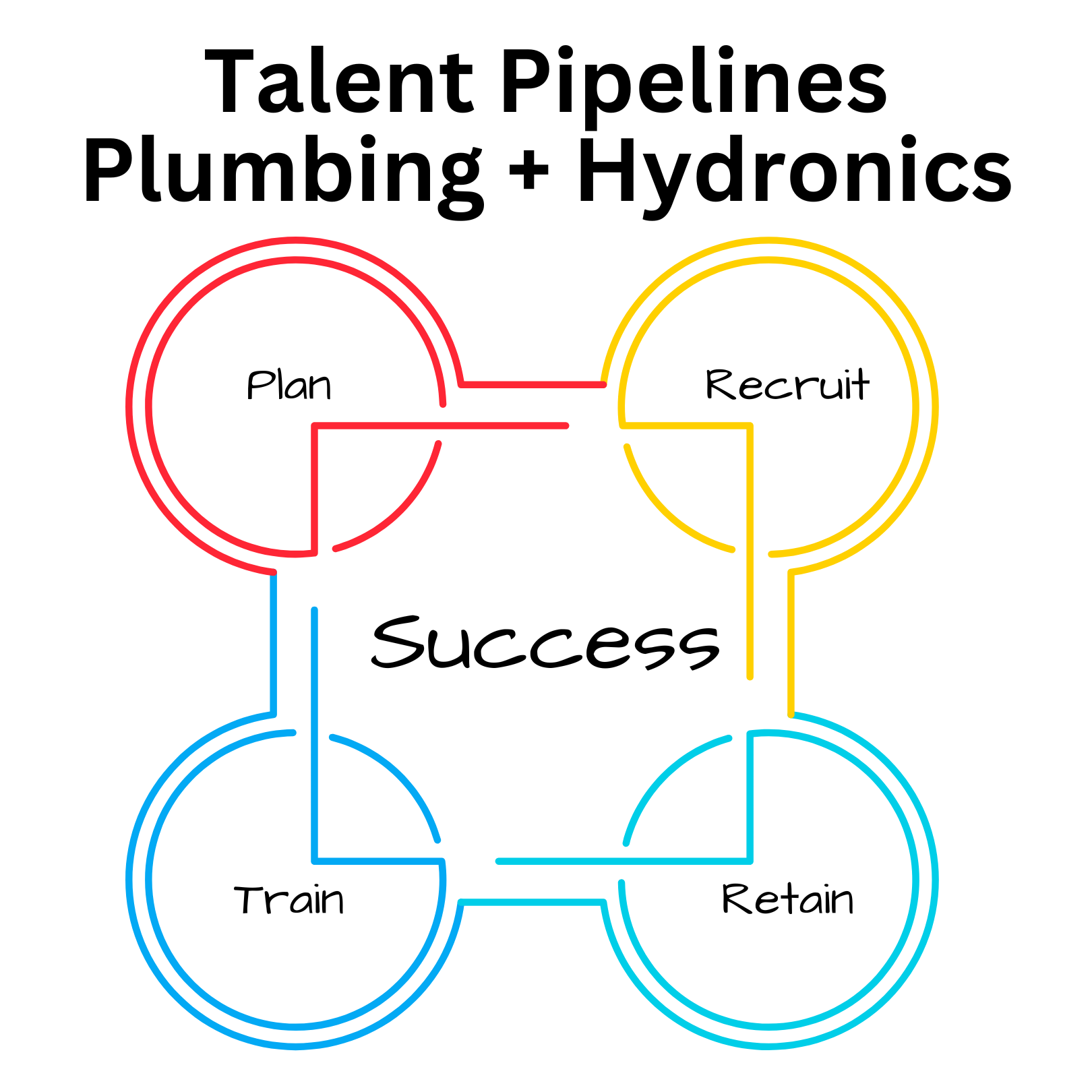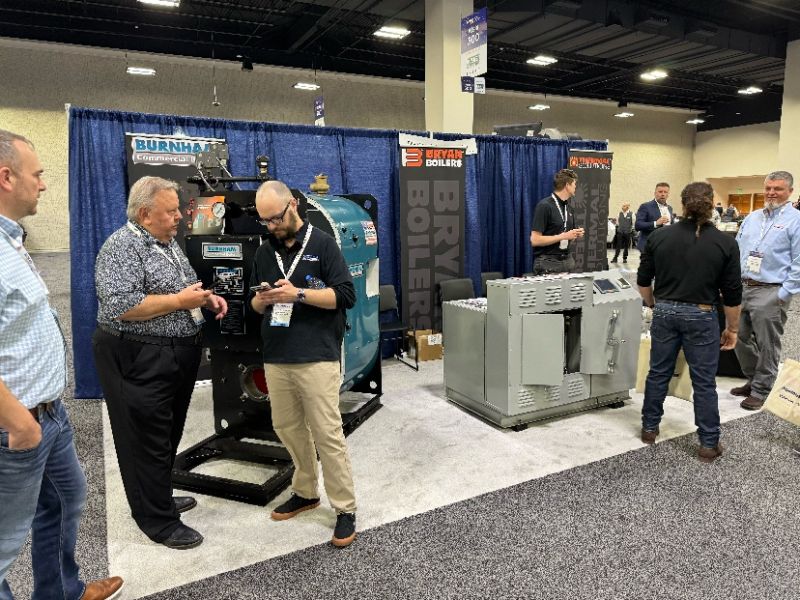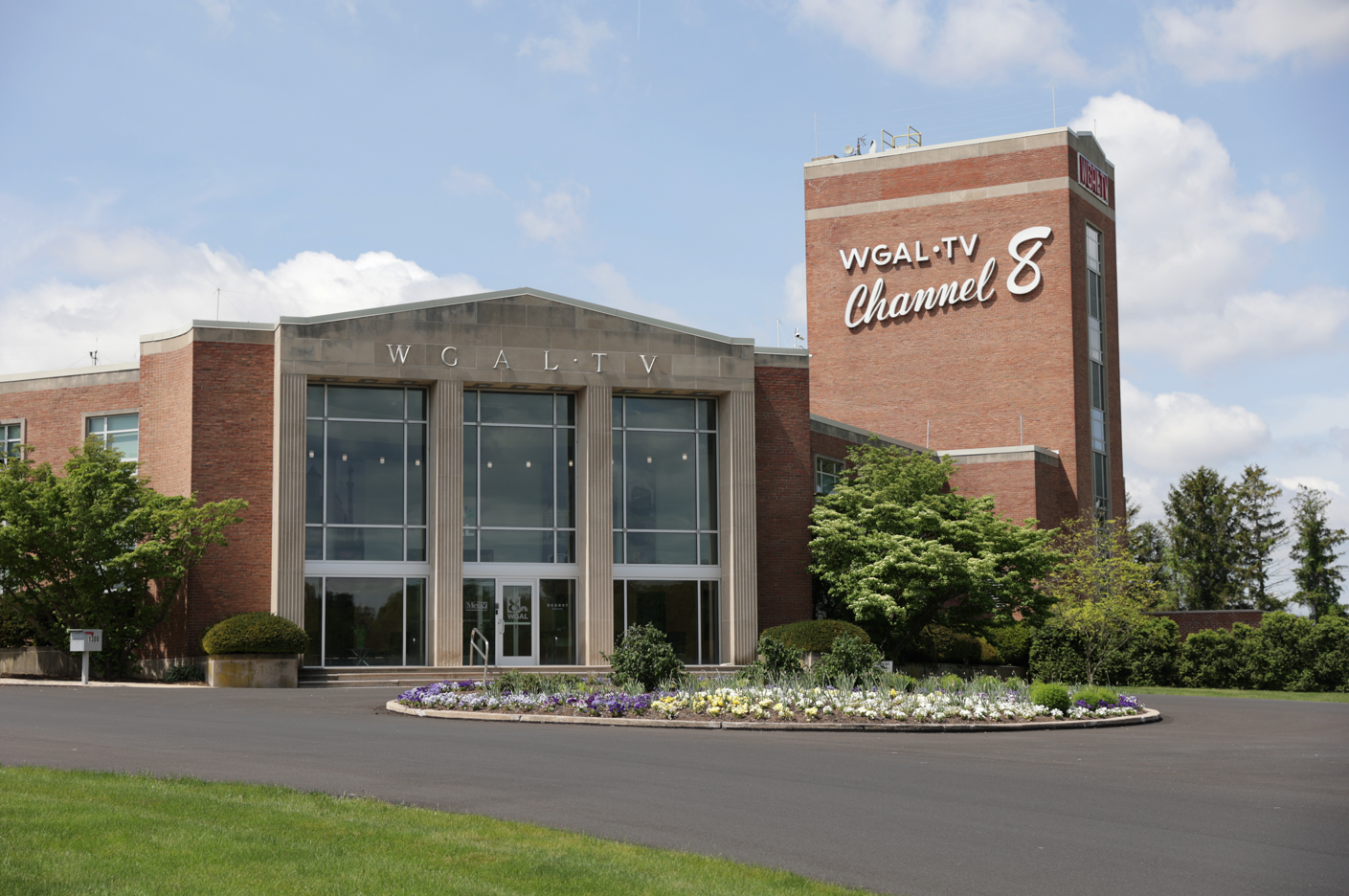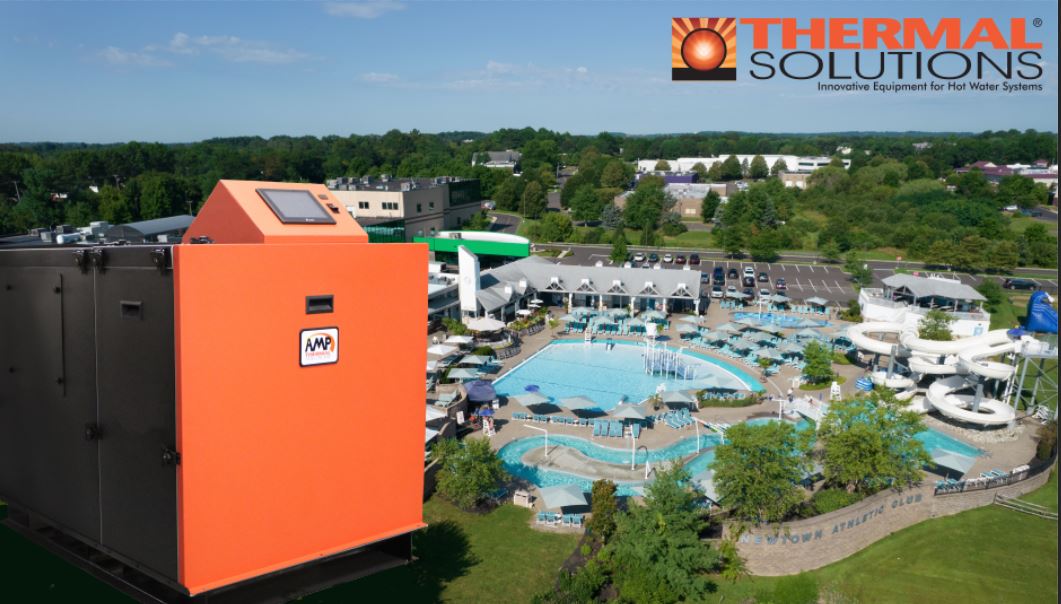Northern Cincinnati is home to the 18,000-student Lakota Local School District. The school system operates 25 buildings within the area, the vast majority of which are served by boilers.
Residents of Butler County are as familiar with hardwater scale as they are with their local school sports teams, the East Thunderhawks and the West Firebirds. Water in the area has high concentrations of calcium and magnesium. It’s a challenge that the district has taken in stride, however.
Years ago, district managers made four decisions that have since paid dividends for their boiler system longevity.
In 1996, Lakota established a dedicated HVAC department to maintain all the heating and cooling equipment owned by the district and oversee replacement work conducted by carefully selected subcontractors. They partnered with a local hydronic equipment manufacturers rep firm that is nearby for quick response and is well versed in handling the challenges common to Southwest Ohio.
Lakota also hired a water treatment subcontractor to oversee all their properties. Finally, they select boiler equipment with field-repairable, easily maintained heat exchangers.
“At Lakota, we are always working to determine what type of energy improvements can be implemented with our Master Facility Plan,” said Hatfield Craig, senior director of business operations. “Many of our 23 schools are older facilities, so we’re continuously working to improve and maintain our mechanical efficiencies, which includes new installations and updating existing systems.”
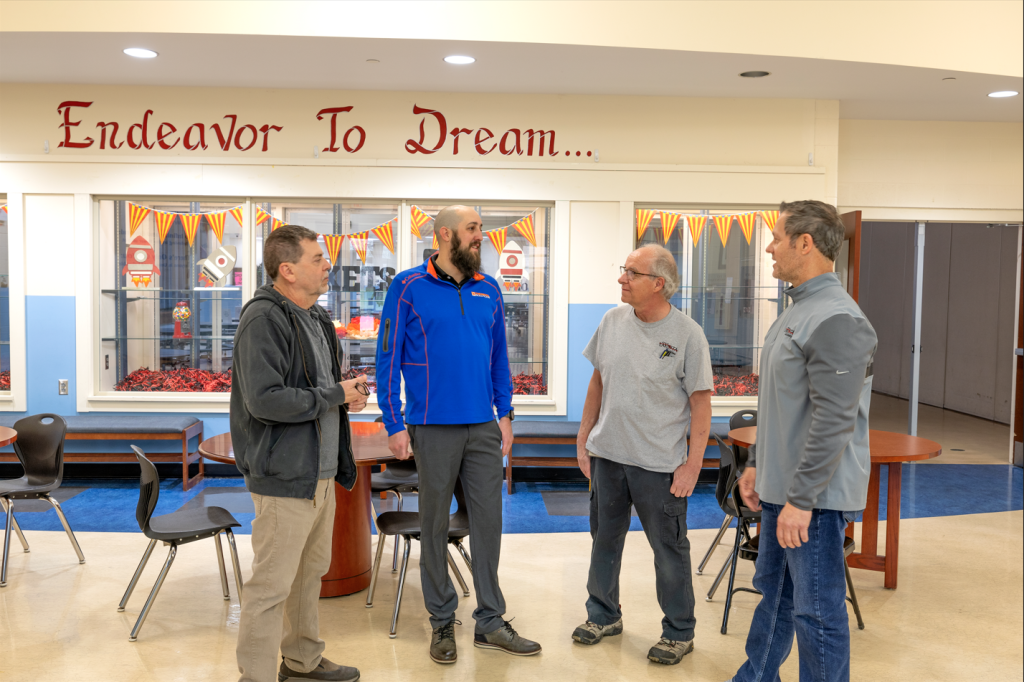
HVAC expertise on staff
Barry Nuss, who’s been with the district for 27 years, serves as the HVAC department leader. He and the five other HVAC department staff maintain the district’s 45 boilers, not to mention all other heating, cooling and ventilation infrastructure.
“It’s a big task but our crew is solid,” said Nuss. “We handle preventative maintenance, service, troubleshooting, and upkeep of the energy management system and controls. We replace some equipment, like rooftop units and water heaters, but if one of the old boilers ages out, we subcontract. Boiler replacements simply keep us tied up too long to address them ourselves.”
Nuss is quick to point out that the Lakota HVAC department relies on assistance from the hydronic professionals at Weber-Huff, a Hamilton, OH-based rep firm. The company’s managing partner, John Noyen, helps specify boilers and other hydronic equipment based on the district’s needs, and Weber-Huff has several boiler specialists on staff that are quick to jump into the mechanical room if the need arises.
“Our relationship with Weber-Huff goes back as far as I can remember,” said Nuss. “John is a wealth of information, and Everett St. John and Joe Grove have been out a number of times as needed, providing maintenance and troubleshooting advice.”
“Last Christmas Eve, we had negative outdoor temperatures,” continued Nuss. “I received an alarm that one of our oldest boilers went down. By the time I got to the alarm – 20 hours after the boiler shut off – the building was cold. Weber-Huff sent out a specialist and we worked side by side for a few hours to get the system running again. I don’t think John even billed us for that.”
Simple repair and maintenance
In 2011, Trane managed an energy efficiency upgrade for the district that included many of its buildings. Air-side equipment was added and changed, and more than a dozen boilers were replaced. Three different boiler brands were installed. This was Weber-Huff’s introduction to the school district because they represented Thermal Solutions’ boiler line. Noyen suggested the use of the Evolution boiler; a copper tube, medium-efficiency boiler that offered a field-repairable heat exchanger.
“Seven boilers from that big, original upgrade have since been replaced, but not a single Thermal Solutions boiler has been removed,” said Nuss. “Those all remain in service, along with a number of Bryan steam boilers that have been running since the 1990s.”
Over the years, the HVAC department has found that Evolution boiler parts have been readily available and affordable through Weber-Huff. Repairs and maintenance are also simple enough that they can handle the work without having to hire third parties.
“Service and part replacements, especially work on the heat exchangers is so simple on the Evolution,” said Nuss. “It’s not near as time consuming as it is on other equipment. And the parts come at a cost that’s not prohibitive.”
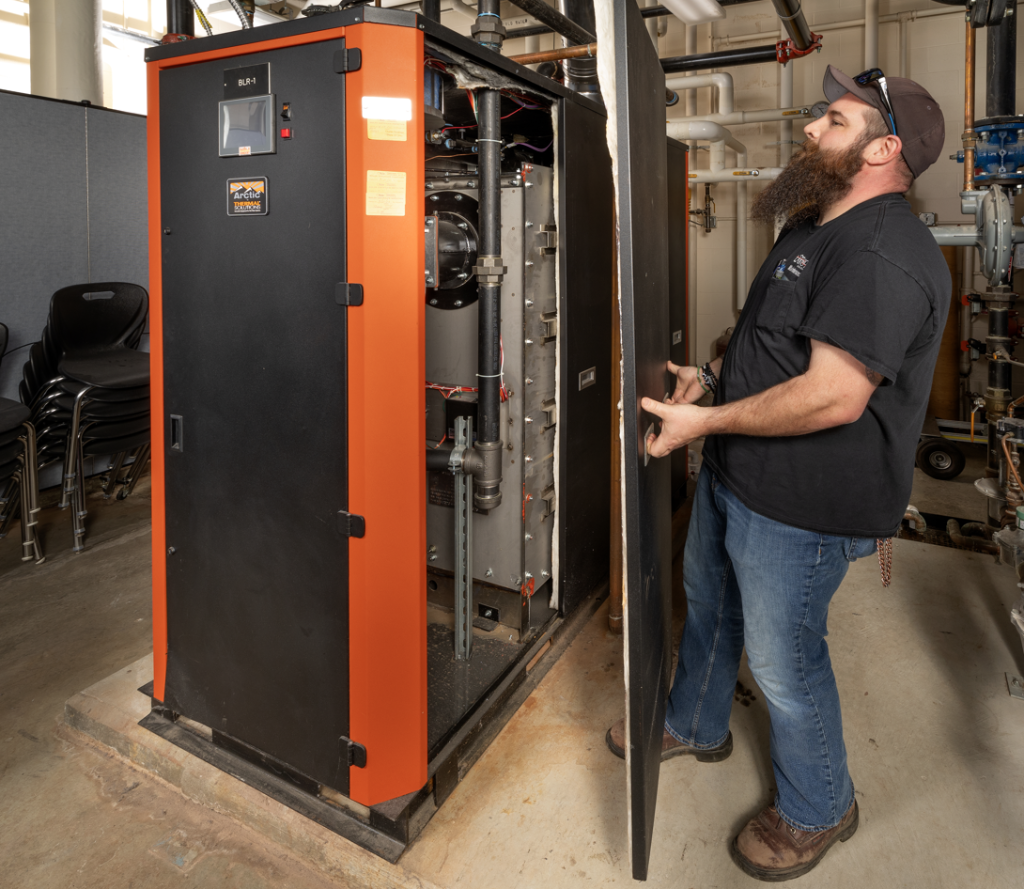
Next generation
The school district has grown since that first big retrofit, and so has its commitment to energy efficiency. As boilers required replacement, the HVAC department began seeking higher performance across their heating systems.
“The ease of maintenance and the ability to disassemble heat exchangers for service or replacement won the district over to the Evolution boiler, but they began looking for a condensing boiler that could offer the same benefits with higher efficiency,” said Noyen. “We introduced them to the Arctic boiler several years ago.”
Today, Arctic boilers are installed at four of the district’s facilities: Cherokee Elementary, Independence Elementary, Ridge Jr. High, and Endeavor Elementary. The most recent of these installations occurred at Endeavor, a 78,000 square-foot facility built in 2007 with an enrollment of roughly 725 students.
“We’ve settled on the Artic for replacements going forward,” said Nuss. “It’s 95 percent efficient and has removeable, flexible water tubes that we can pull out for cleaning or individual tube replacement if needed. The broad firing capacities available and the fact that it can be delivered assembled or knocked down means that we can use it in just about every application we see.”
“Our earliest Arctic boiler is three years old, and we haven’t had to remove any flex tubes, but we’re familiar with the process because the older Bryan steam boilers have a very similar design,” continued Nuss. “The ability to individually clean or replace the tubes in the field extends the boiler life well beyond what’s typically expected of condensing boilers.”
Redundancy and efficiency
Many of Lakota’s mechanical rooms include two large boilers. Because the old units have been well maintained, most of the boiler replacements are preventative, with the goal of increasing efficiency. This means that the healthier of the two boilers in any given mechanical room generally has plenty of service life left.
“We typically remove one of the existing boilers and replace it with an Arctic of similar capacity,” said Nuss. “We run the remaining old boiler several times a year to ensure it’s serviceable, but the new boiler serves as the primary source of heat. This way, we capitalize on the efficiency of the new unit while maintaining the redundancy we want. Keeping the old boiler online also gives us great flexibility for mid-season service of the new boiler.”
The district’s long-term goal is to conduct upgrades in this manner across all its buildings before converting mechanical rooms to 100 percent condensing equipment.
“We’re proud to be involved with Lakota’s energy improvement projects,” said Noyen. “My house is in the district. Many of my associates have kids that attend these schools. We’re part of this community and our education dollars fund these facilities. Seeing the district invest in long-lasting, high-efficiency solutions is just one marker that indicates the district is using its funds wisely.”
# # #


